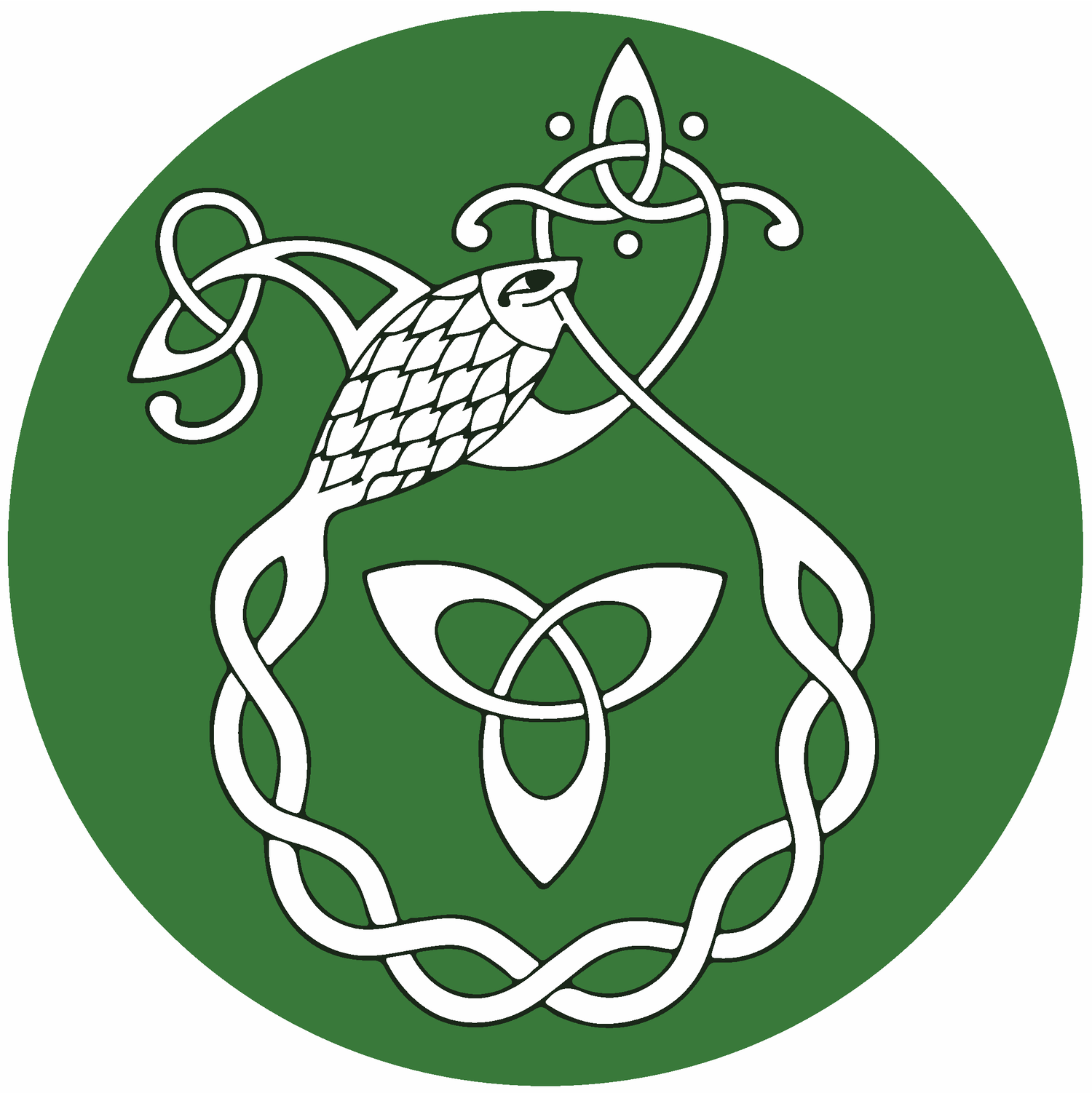Speed Curriculum 2: Whose?
How it Works
Gather Objects: Collect objects (e.g., ball, rock, book) as prompts.
Ask and Answer: Take turns asking and answering questions, using the shared vocabulary.
Keep It Quick: Maintain a fast pace for energy and focus.
Rotate Roles: Switch objects and roles and start another round.
Below are some recognized strategies for maximizing the speed, ease, and efficiency of language transfer. Techniques address a range of problems: they can help control the flow of information; modify the learning environment; decrease risk, anxiety, and distraction; increase comfort, speed, and enjoyment; and, perhaps most importantly, train learners to be teachers.
-
You actively look for chances to practice the language. You have conversations and play games to use the language in real-life situations.
-
A main part is asking questions like "Where is the X?" over and over. It helps you learn new words and how to make sentences. The questions get faster, so you have to answer quickly.
-
Language mentors are people who know the language well and help you learn. They give you feedback and support as you practice talking and using the language.
-
Circling means repeating a statement with some changes to help you understand the language better. It helps you see patterns and learn how sentences are put together.
-
Rather than revert to your native language, you can physically signal if you need help or don't understand something. The goal is to keep the immersion going as long as possible.
You also switch roles with others, taking turns as the speaker and the learner, so everyone gets a chance to practice.
Whose? – Cé Leis?
"Yours + Mine"
What you need
a rock or stone
a book
a pen
a penny
a stick
a shoe
Stór Focal - Vocabulary
Their – a (eclipses)
With – le (implies ownership)
With me / I own - liom
With you / you own - leat
With him / he owns - leis
With her / Ishe owns - léi
My – mo (lenites)
Your (sg.) – do (lenites)
His – a (lenites)
Her – a (doesn’t lenite)
Our – ár (eclipses)
Your (pl.) – bhur (eclipses)
Cé hé leis an gcloch sin? Whose stone is that?
Is mo chloch í. That is my stone.
Cé hé leis an bata sin? Whose stick is that?
Is do bhata é. That is your stick.
An bhfuil sin do chloch? Is that your stone?
Tá, tá sin mo chloch. Yes, that is my stone.
An bhfuil sin do chloch? Is that your stone?
Níl, níl sin mo chloch. Tá sin do chloch. No, that is not my stone. That is your stone.
An bhfuil sin do bhata? Is that your stick?
Tá, tá sin mo bhata. Yes, that is my stick.
An bhfuil sin mo bhata? Is that my stick?
Níl, níl sin do bhata. Tá sin mo chloch. No, that is not your stick. That is my stone.
